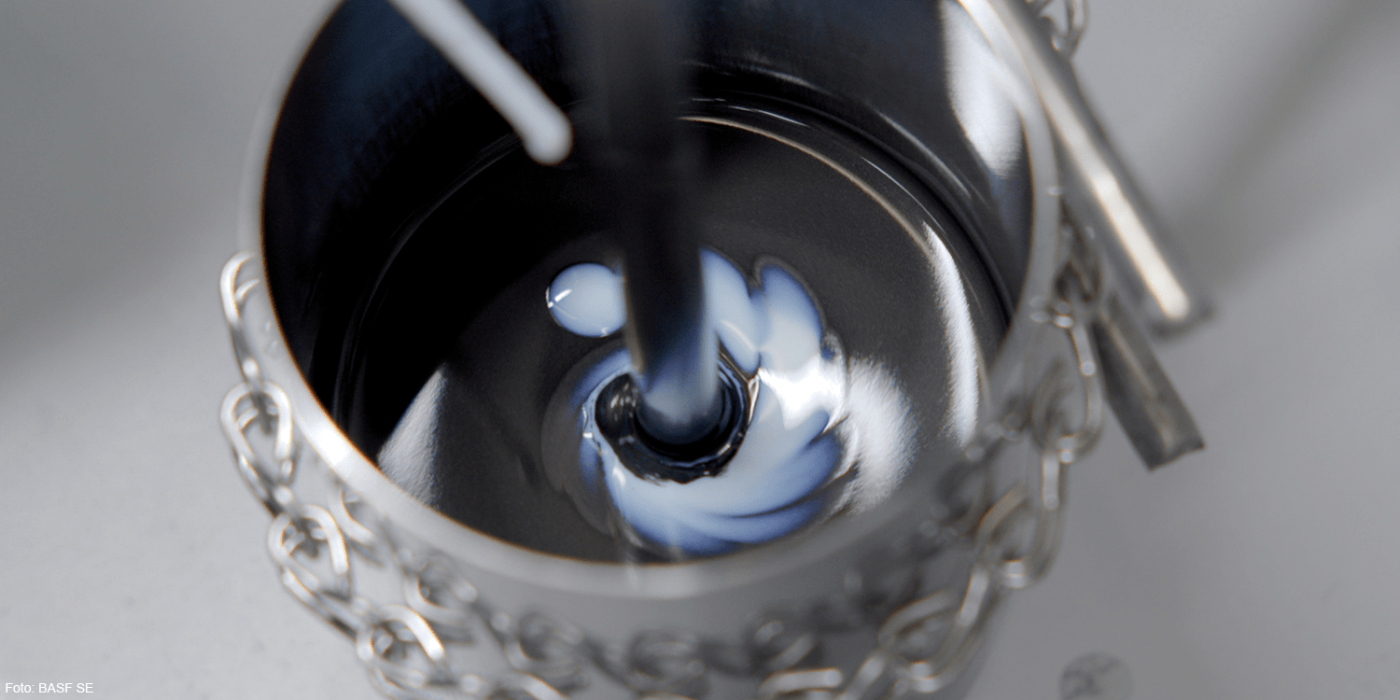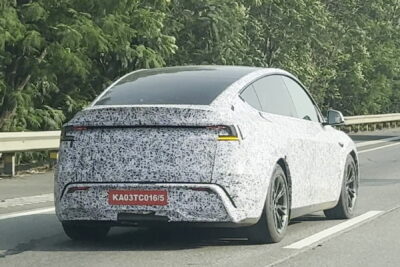KIT develops novel method for faster electrode production
Researchers at the Karlsruhe Institute of Technology (KIT) have developed and successfully applied an innovative concept for the simultaneous coating and drying of two-layer electrodes. This should significantly accelerate battery production.
The process developed in the Thin Film Technology (TFT) research group could reduce drying times to less than 20 seconds, KIT said. This means reducing production time by half to one-third of the time it takes with current methods, ultimately making lithium-ion battery production faster and cheaper.
However, it is still a wet chemical process: The active materials are mixed in powder form and stirred with a binder and solvents to form a paste (“slurry”). This paste is then applied thinly to a carrier medium, usually aluminium foil, and dried in ovens to evaporate the solvent and solidify the coating.
Drying usually takes around one minute – so at a production speed of 100 meters per minute, a correspondingly long drying distance is required. By coupling the process steps of coating and drying, the KIT research group has now succeeded in developing a simultaneous concept. TFT has presented the results in the Energy Technology journal; Jana Kumberg, PhD student at KIT, was in charge of the publication.
Specifically, the simultaneous concept uses different active materials for the individual layers and applies them simultaneously. One layer is responsible for adhesion, one for specific capacity. This layer structure – roughly divided into one-third and two-thirds – allows production “with an extremely high drying rate and drying times reduced to one-third,” so the researchers.
BASF is also involved in the project and described the process as follows: “A thin primer layer underneath the actual anode can help improve adhesion. This can reduce the total binder content in the active material paste when coating the electrodes, resulting in higher energy density.”
“Our work shows that, in principle, we have mastered all the process steps to produce batteries faster and thus more cost-effectively in the future without compromising quality,” says Professor Wilhelm Schabel. Moreover, despite the reduced drying time, there is no loss of capacity and thus the battery range, even with so-called 3C cycles – i.e. with a fast charge in 20 minutes.
In their study, the scientists applied different active materials in the layers of an anode distributed across the thickness. The different properties were specifically distributed in the electrode layers. As a result, the electrodes should be able to be tailored and exhibit improved mechanical as well as electrochemical properties. “We have achieved promising initial results,” says Schabel. “Now we need to continue research on industrial realization.”
The group is currently working on various ways to scale up the simultaneous concept. To this end, they are testing purely convective drying with high-performance nozzles and laser drying modules. “Our research shows that it could be possible in principle to increase the pace of battery production by 200 to 300 per cent in the future,” Schabel explains.
The German Federal Ministry of Education and Research (BMBF) funds the investigations with more than five million euros as part of various research cluster projects.
With reporting by Sebastian Schaal, Germany.
kit.edu (in German)





0 Comments